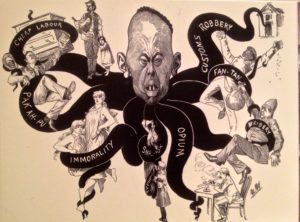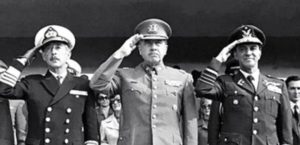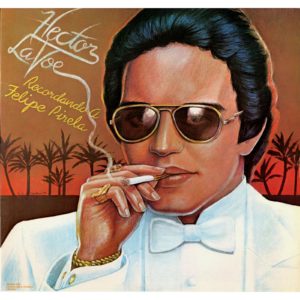Sowing the Seeds for Latin Music in Melbourne
Welcome to another exploration of Salsa and Latin music in Melbourne. You can find the previous entry by clicking on this link.
Post-War Globalisation
Salsa and other Latin music weren’t always as popular as they are in Melbourne today.In fact, Melbourne didn’t always have a sizeable Latin population. Let’s rewind to the end of the Second World War…
Post-war globalisation was an ever-hastening process which had brought rapid change to Australia, and certain events were soon to lead to the abolition of the White Australia Policy. Firstly, there were increased labour demands within the country.[1] It soon became apparent that immigration from Britain alone would not suffice in sustaining Australia’s economic and demographic growth.[2] Large-scale immigration from Europe, much of which came in the form of refugee movements, initially helped ease this demand.[3] The 1950s and 1960s saw mass immigration from Greece, Italy, and Malta, and by 1960, half of Australia’s immigrants were non-British.[4] Yet the recruitment of these migrants for labour eventually became more difficult, with many returning to their homelands.[5] Consequently, Australia became increasingly-lenient with its immigration policy.
When the world recession hit Australia during the 1970s, however, the country needed something more. Moreover, organisations such as The Immigration Reform Group, founded in 1959, had advocated an end to the policy,[6] and accusations of racism from both abroad, and within Australia itself, had been mounting for a long period of time.
The End of an Era
Human rights and the freedom of the individual were concepts which had also been gaining social and political currency,[7] and there was a push towards the idea that people’s life chances should not be unfairly hindered because of their place of birth, or some ethnic, racial, religious or linguistic affiliation.
[8] These factors combined, had enabled a climate whereby the White Australia Policy was no longer viable, and they led the government to rethink its attitudes towards immigration. A process of gradual dismantlement of the policy had been taking place towards the end of the 1960s, but it was 1973 which marked the decision of the new Labour Government to officially bring an end to the Policy’s era.[9]

The end of the White Australia Policy…and the beginning of something new?
In the Aftermath of the Policy
There were two primary effects which followed in the wake of the abolition of the policy. Firstly, the level of non-western European immigration to Australia rose dramatically. While important countries of migration such as Greece and Italy had previously enabled an expansion of cultural diversity within Australian society, the policy’s demise had ushered in an era of enhanced cultural efflorescence and activity, with people originating from a spectrum of countries, ranging from Vietnam to Afghanistan.
The 1970s and 1980s also witnessed the arrival of immigrants and refugees from parts of Latin America. Pinochet’s regime had toppled the Allende Government of Chile in 1973, Argentina and Uruguay had fallen to military coups in 1973 and 1976, respectively, and El Salvador had suffered a civil war in 1983. Consequently, the first ‘big wave’ of Latin immigration heralded from these countries. In 1986, there were 5,356 Chileans, 3,000 Argentines, 1,637 Uruguayans, and 1,275 Salvadorians living in Australia.[10]
While Latin American countries have generally not been considered to be large contributors of people throughout the history of Australian immigration,[11] the immigrants and refugees that they produced during the 1970s and 1980s contributed to the country’s expanding cultural diversity. The flourishing of hispanic culture in Australia and Latin music in Melbourne was imminent.

Pinochet’s regime toppled the Allende Government, causing an influx of refugees into Australia
In the Next Chapter…
In the next blog entry, we will look at the emergence of Latin music in Melbourne. Did it start with Salsa? Who were the Latin American people who started the scene? Were all of them Latin and where and in what form did early functions and events take place? How did new ideas regarding multiculturalism in the 1970s and 1980s foster this nascent scene? You can read about it all by clicking on this link.
Share this article!

